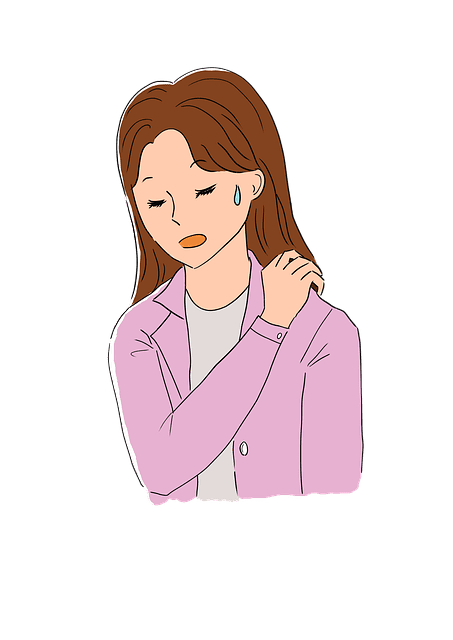“Aww!” when raising the arm. If it comes out loud, get a 50 shoulder test at the hospital
Frozen shoulder is named as occurring most often in people in their 50s. The official name of the frozen shoulder is 'adhesive capsulitis' or 'frozen dog', meaning that the shoulder is stiff as if it were frozen.
Frozen shoulder occurs mainly in people in their 50s to 70s, and the distribution range is quite wide from 20s to 80s in terms of the entire age group. According to the statistics on diseases of public interest in 2021, out of about 875,000 patients with frozen shoulders, those in their 50s accounted for the most at 33.7%. Those in their 60s were followed by 29.7%, those in their 40s with 15.5%, those in their 70s with 13.8%, and those in their 80s with 4.7%. Although there are not many young patients, they accounted for 2.1% in their 30s and 0.5% in their 20s.
Frozen shoulder is a disease in which the joint capsule surrounding the shoulder joint becomes inflamed without any special trauma. Severe pain and limited activity. The cause of the disease is not clear. However, aging or inflammation caused by rupture or hardening of the muscles of the shoulder joint can lead to a frozen shoulder. It is known that patients with systemic diseases such as diabetes are more likely to develop frozen shoulder.
Frozen shoulder is often discovered by patients experiencing shoulder pain or discomfort in daily life. Pain is felt when raising your hands or facing your back, such as brushing your hair, showering, carrying your luggage, or taking your wallet out of your back pocket. Also, if the arm does not rise well, you may suspect a frozen shoulder.
Since the symptoms of a frozen shoulder can worsen over time, it is better to visit a hospital early and get an accurate diagnosis. Professor Lee Kang-woo of the Department of Rehabilitation Medicine at Myongji Hospital said, “If the frozen shoulder is detected early, the symptoms can be improved without surgery, only with physical therapy and exercise therapy.
In the initial stage of the frozen shoulder, physical therapy, exercise therapy, and injection therapy are mainly used. Physical therapy includes electrical nerve stimulation therapy and ultrasound therapy. Exercise therapy involves stretching and strengthening exercises. The important thing is that the patient must be active according to the order of the professional therapist so that the effect is fast and there are few side effects. If pain and discomfort persist even after conservative treatment for 6 months to 1 year, surgery and rehabilitation exercises are performed in parallel.
Also visit
Most of the frozen shoulder gets better with treatment, but 10-20% of patients experience recurrence or a frozen shoulder develops on the opposite arm. Therefore, it is important that you continue to stretch your shoulders and exercise even after treatment.
In order to prevent frozen shoulder, it is good to perform bare-handed gymnastics using the arms regularly every day. Even in this case, you must learn gymnastics from a professional therapist. If there is pain, it is better to choose the most comfortable cold or hot compress at home and to take the position with the least pain.

0 Comments